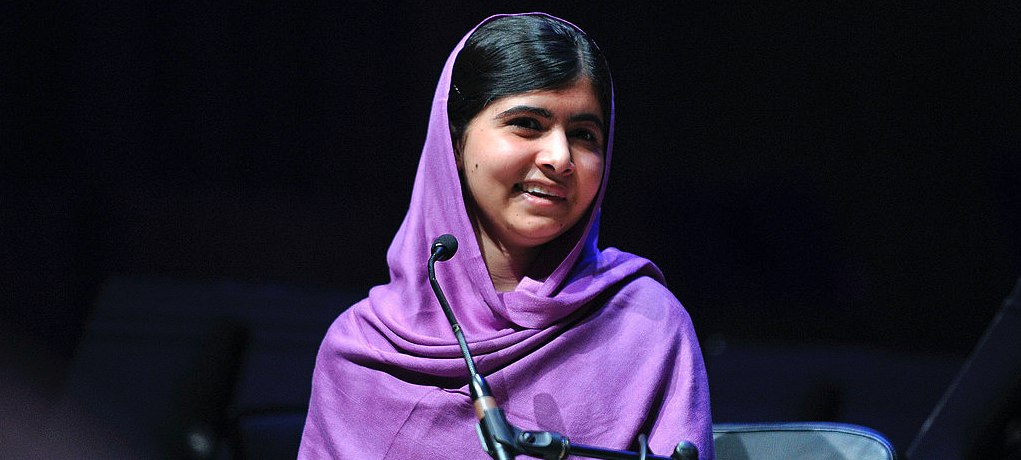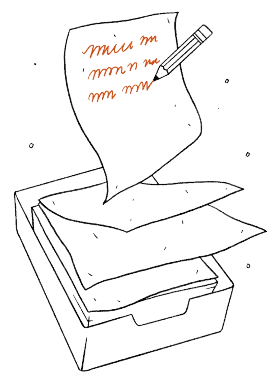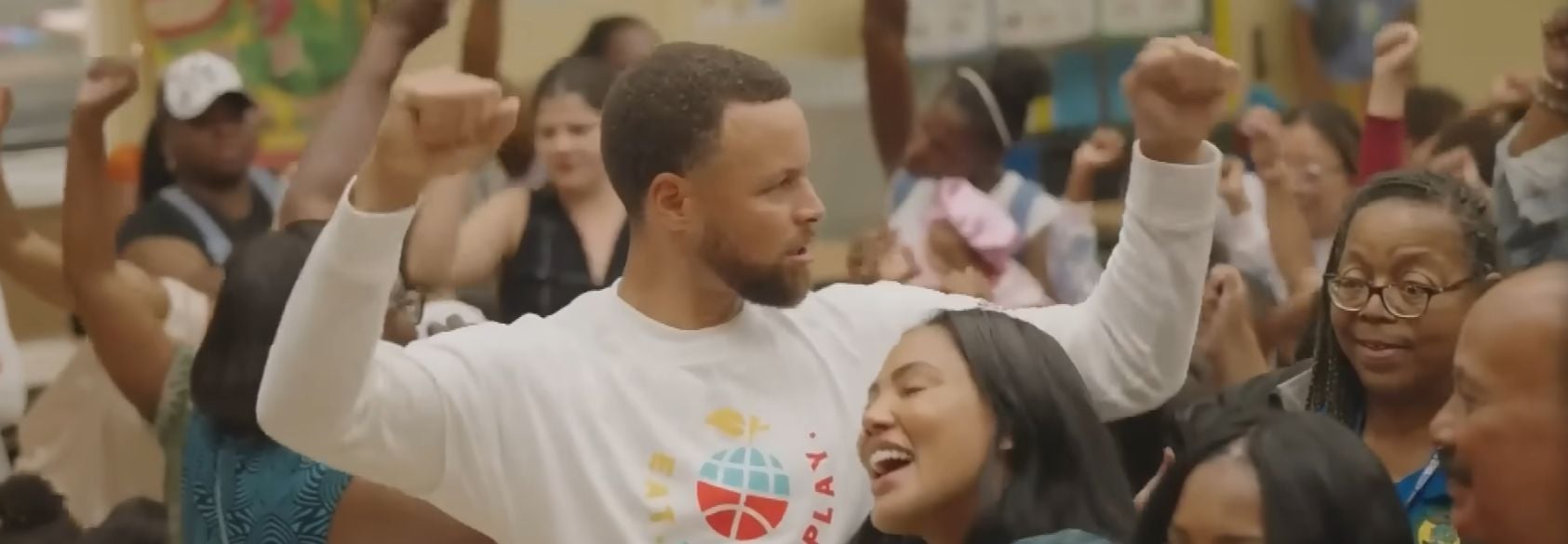One year ago this week, Malala Yousafzai, a 16-year-old schoolgirl and activist for girls’ education and women’s rights, was traveling home from her school in Swat Valley, Pakistan, when two masked men stopped her school van, asked for her by name and then shot her in the head.
She survived the assassination attempt and her and her family moved to the UK, where she still lives.
The Taliban, an extremist group, claimed responsibility for the attack, which was condemned by global political leaders and human rights activists.
Malala began writing an anonymous blog for the BBC when she was 11, describing life under Taliban rule. After her identity was revealed, she made numerous media appearances campaigning for female education and women’s rights.
A spokesman for the Pakistani Taliban, Ehsanullah Ehsan, said the Islamist group carried out the attack after repeatedly warning Malala to stop speaking out.
“She is a Western-minded girl. She always speaks against us. We will target anyone who speaks against the Taliban,” he told the New York Times
In addition to the anniversary of the assassination attempt, this week will also see the publication of Malala’s autobiography, I Am Malala. She has fully recovered and continues to advocate for women’s rights worldwide, including a speech given at the United Nations.
Who shot Malala?
Taliban militants specifically targeted Malala because of her work to encourage women’s education and rights. Various extremist groups that unite under an umbrella organization known as Tehrik-e-Taliban Pakistan (TTP), or the Pakistani Taliban, have bombed hundreds of schools in the tribal regions and in the Swat Valley.
In 2007, the TTP ruled the area where Malala lived with an iron fist, destroying non-religious schools and setting up independent courts that administered a harsh interpretation of Islamic law.
The impact of Malala’s diary
In her diary, Malala chronicled life in the Swat Valley under the brutal rule of the Taliban, who carried out public floggings, hung dead bodies in the streets and threatened families that allowed their girls to go to school.
In one entry, she wrote: “On my way from school to home I heard a man saying, ‘I will kill you.’ I hastened my pace and after a while I looked back if the man was still coming behind me. But to my utter relief he was talking on his mobile and must have been threatening someone else.”
In 2011, Malala was nominated for the International Children’s Peace Prize for her blog. She also received the National Peace Prize in Pakistan, had a school named after her and quickly became an outspoken critic of the Taliban in Pakistan. This week, speculation emerged that she was a leading contender to win the 2013 Nobel Peace Prize.
‘Even adults didn’t have a vision like hers’
“We have to fight the mindset that is involved in this. We have to condemn it,” Prime Minister Raja Pervez Ashraf told the Pakistani Senate. “Malala is like my daughter and yours, too. If that mindset prevails, then whose daughter would be safe?”
Pakistan’s top military official, Gen. Ashfaq Parvez Kayani, called the shooting “inhuman” and a “heinous act of terrorism.”
Kayani quoted the Prophet Muhammad: “The one who is not kind to children, is not amongst us.”
Documentary filmmaker Samar Minallah, who worked with women in the region, told The Times that Malala “symbolizes the brave girls of Swat.”
“She knew her voice was important, so she spoke up for the rights of children. Even adults didn’t have a vision like hers.”











